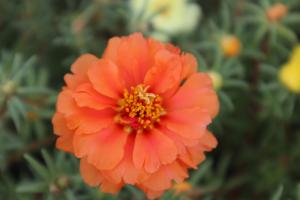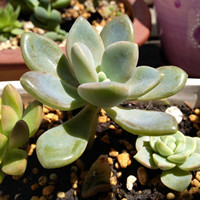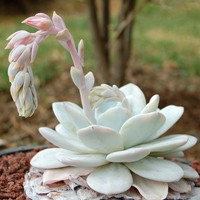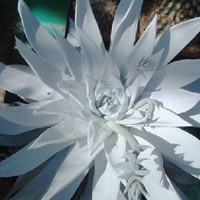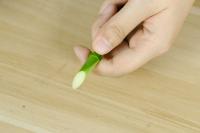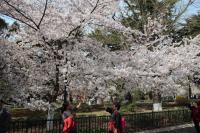1、 Post flower pruning and cutting of rose
1. Pruning after flowering
1. When you see that the rose flowers at home begin to wilt, you should start pruning. Don't wait until the flowers wither completely, because this process needs to consume a lot of nutrients, which is not good for the post flower recovery of rose and the cutting of branches
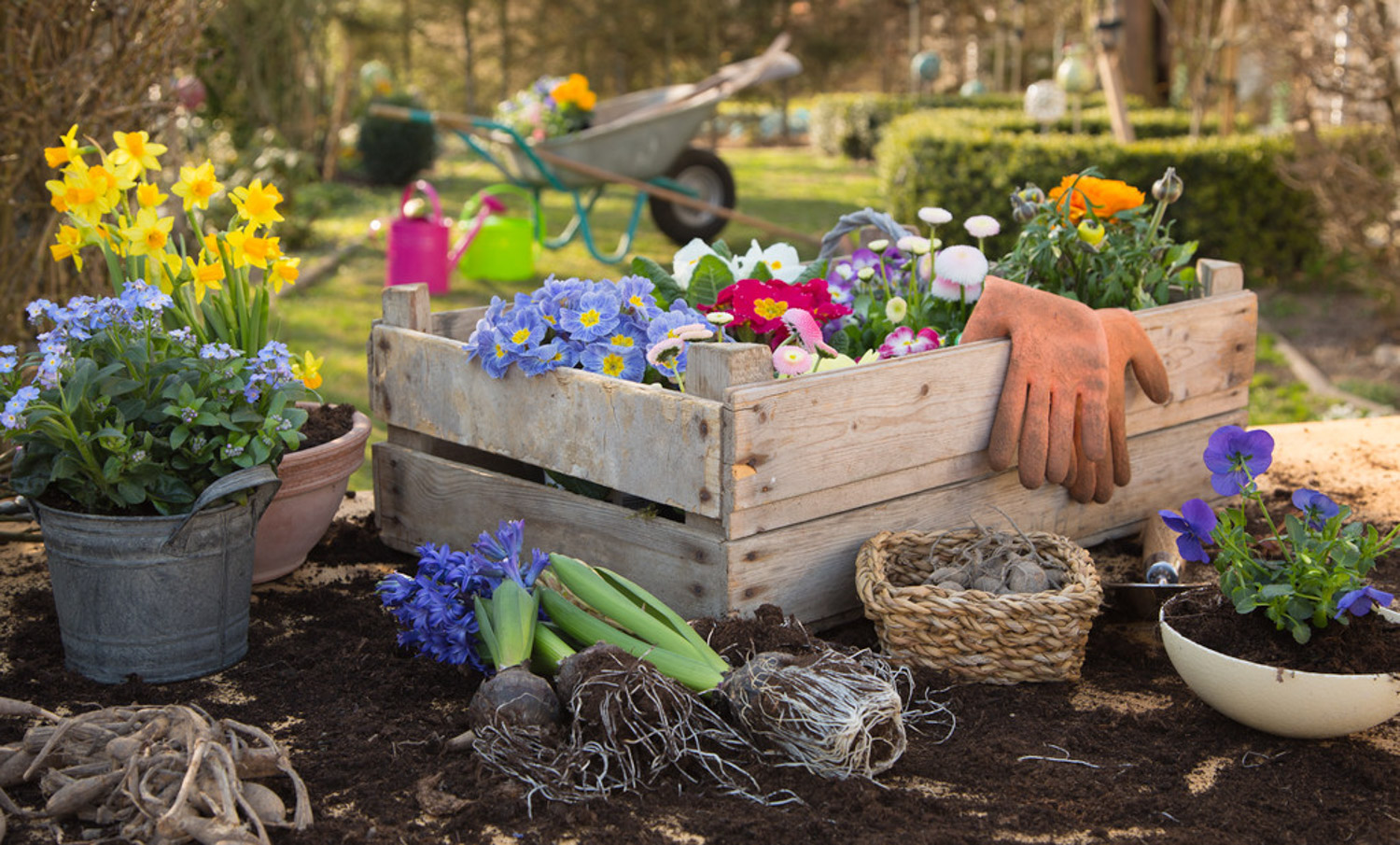
(author: Emerson, source: Sina blog)
2. Generally, the pruning of rose starts from 1cm above the second or third pair of leaves of flowering branches

(author: Emerson, source: Sina blog)
3. If the rose plant is thin, you only need to keep 1-2 leaves at the lower part of the flowering branches and cut off the rest
4. After pruning the rose branches, the wound must be kept dry. It is best not to touch water within a week, otherwise it is easy to rot. you can choose to apply 1000 times of carbendazim solution on the wound. You can choose to dig a shallow pit of about 3-5cm along the edge of the rose basin with a small spoon of compound fertilizer, and bury the compound fertilizer in it, so as to rejuvenate the rose
2 pruned branch cutting
1. The flowering rose branches contain sufficient nutrients, and the corresponding cutting survival rate is higher
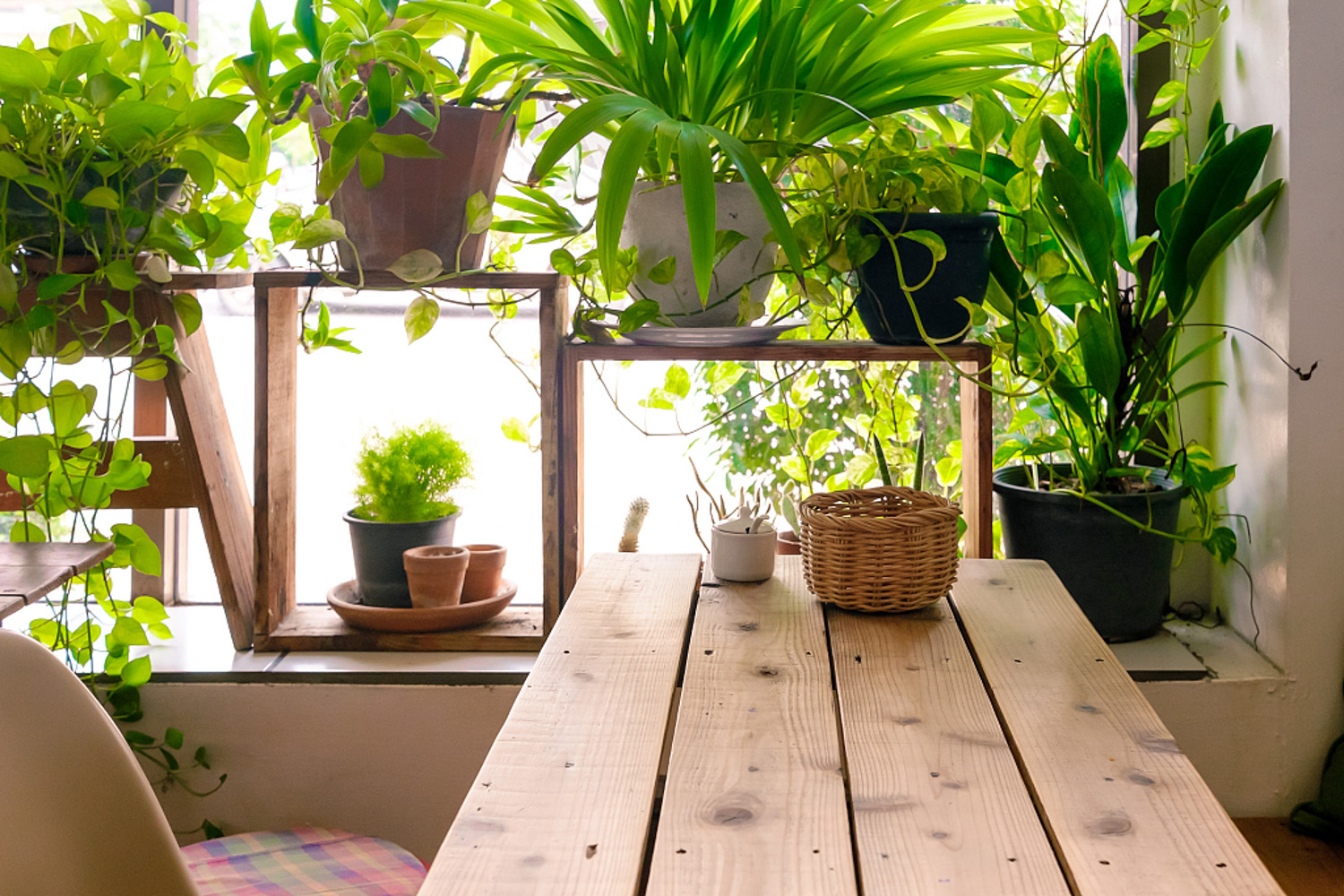
(author: sunshine is like flowers luo# source: Rose Flower bar)
2. Trim the branches. The cuttings should not be too long, and it is best to be 1cm-3cm away from the first leaf. If the branches are too long, it is easy to bury the first leaf in the soil; The branches are too short and cannot be deeply inserted into the soil, which is not conducive to rooting in the future

(author: sunshine is like flowers luo# source: Rose Flower bar)
3. Soak the pruned branches in 1000 times carbendazim solution for 2-3 minutes

(author: sunshine is like flowers luo# source: Rose Flower bar)
4. Then take it out and put it in a cool and ventilated place to dry the cuttings. For the soil of cutting rose, you can choose the nutrient soil mixed with perlite and coconut bran in the ratio of 1:1. When filling the seedling box with soil, be sure to compact the soil, otherwise it will be too loose to keep water, and the branches will soon dry. In order to improve the survival rate of cutting, you can dip a little rooting water or wicker extract before cutting, and then insert the branches into the soil

(author: sunshine is like flowers luo# source: Rose Flower bar)
7. Put the cut roses in the scattered light place and don't expose them to the sun. After that, spray the foliar fertilizer once every 2-3 days, and take root in about 10 days
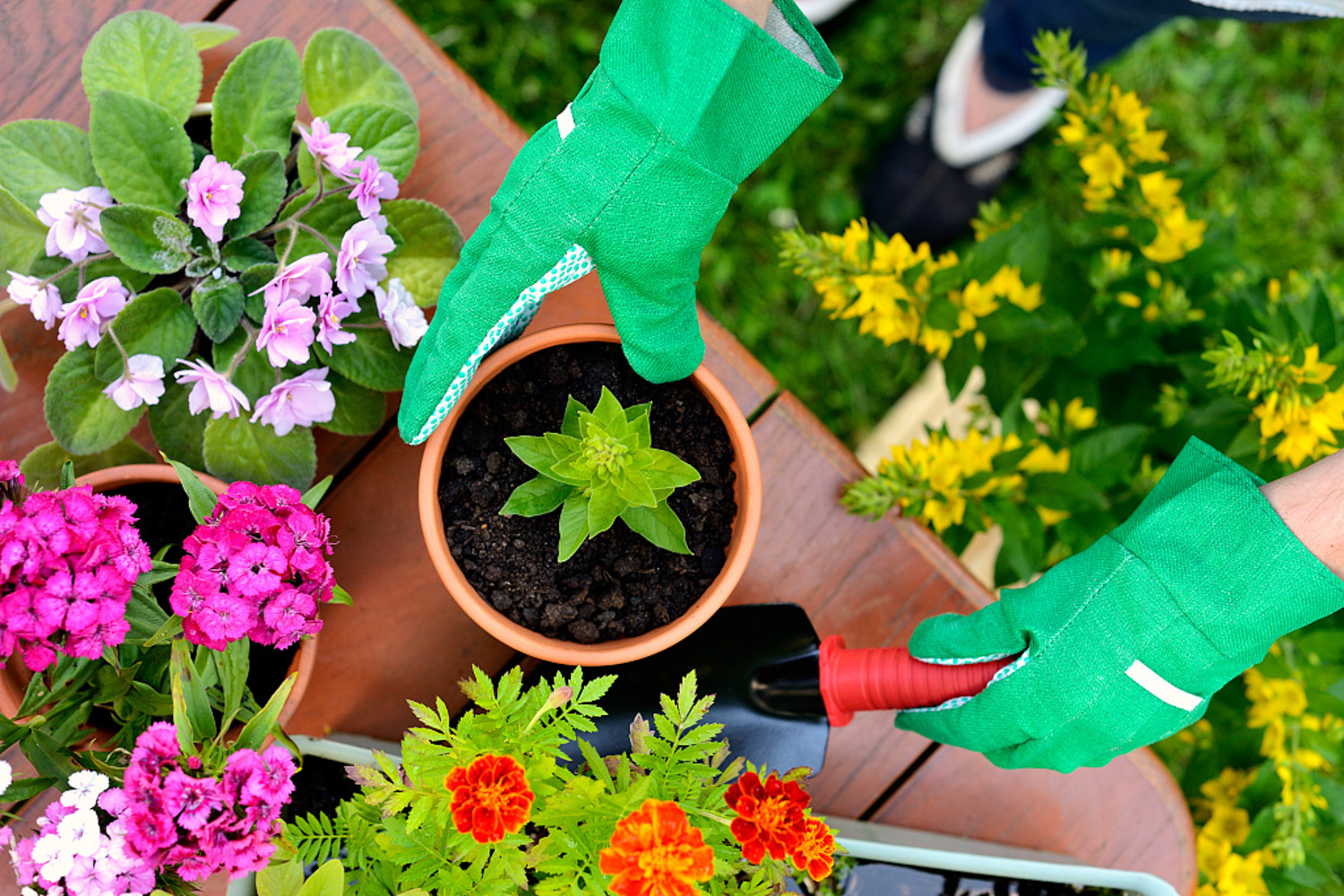
(author: sunshine is like flowers luo# source: Rose Flower bar)
8. After taking root, the rose can be transferred to the prepared flower pot for further maintenance. Pay attention to shade and sunscreen in the hot weather in summer, and remember to spray water on the plant sooner or later

(author: sunshine is like flowers luo# source: Rose Flower bar)
2、 Post pruning and cutting of Gardenia jasminoides
1. Pruning after flowering
1. After the Gardenia at home fails to bloom, cut it from the position of about 2-3 pairs of leaves under the flower

(author: Fog City, source: Tibetan Flower Pavilion)
2. After flowering, gardenia also needs to prune those bare branches, because only multiple lateral branches can make the plant type more plump. When pruning, only 2-3 layers of leaves are left on the branches, and the rest are cut off
3. After pruning the branches, you can apply carbendazim on the wound to prevent bacterial infection. In a few days, new buds can grow
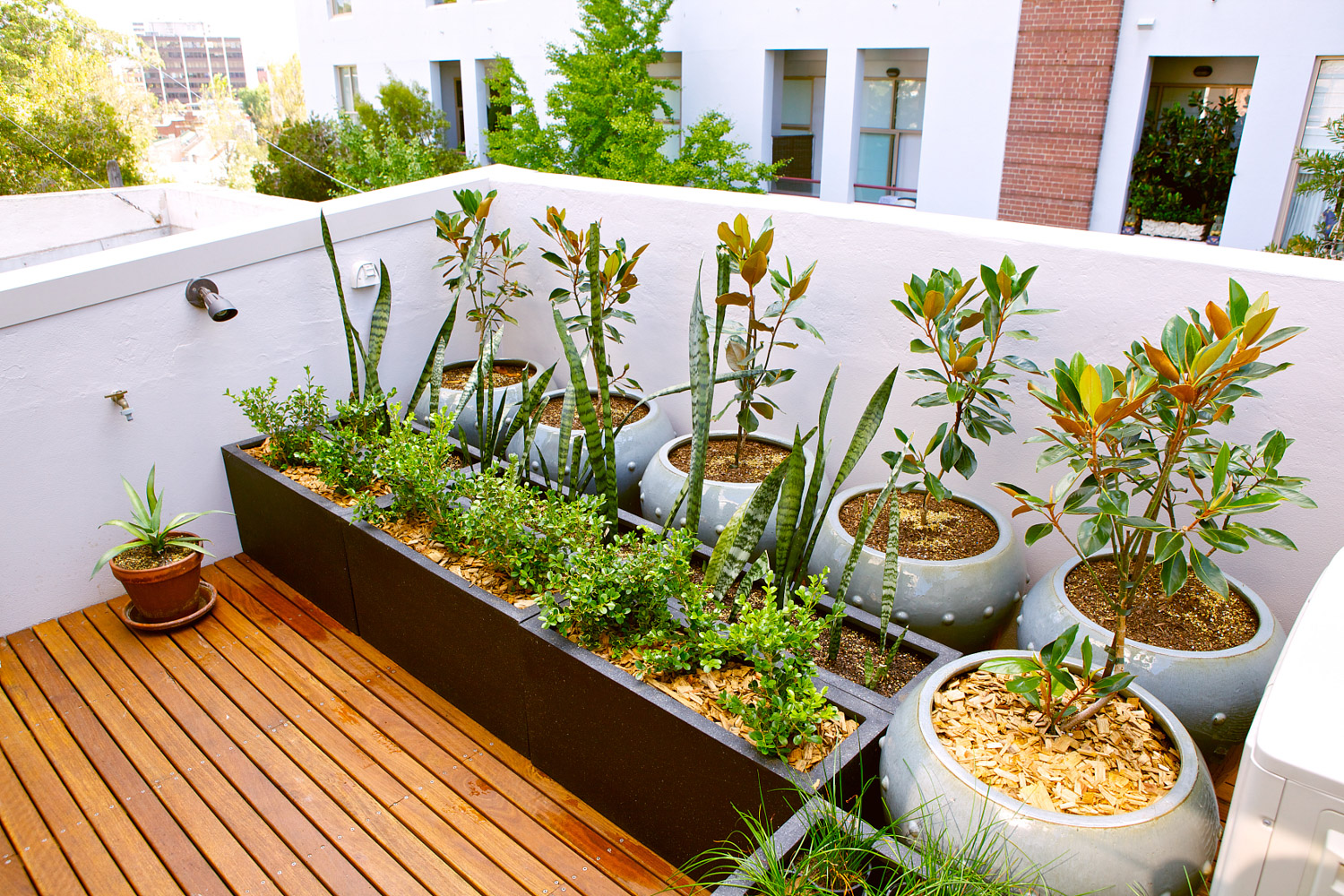
(author: classical man 521 source: Gardenia bar)
2 pruned branch cutting
1. The trimmed Gardenia branches need to be treated. The length of each cutting branch is about 10-15cm. It is best to cut the lower end of the branch into an inclined plane

2. Prepare the required plastic bottle, knife and transparent tape
3. Soak the branches in potassium permanganate or carbendazim solution for about half an hour, and then take them out and dry them in a cool and ventilated place
4. When drying the cuttings, cut the plastic bottle, and the middle is not completely cut off

5, insert cuttings of Gardenia into foam plastic boards, add water to the plastic bottles, then place the foam board in plastic bottles, and the bottom of the branches must be immersed in water. p>
6. Then close the plastic bottle and stick it with adhesive tape. This method can keep the air in the bottle in a highly humid state all the time, and it is easy to take root
7. When it is found that the root system of Gardenia cuttings grows to more than 3cm, it can be transplanted into the soil
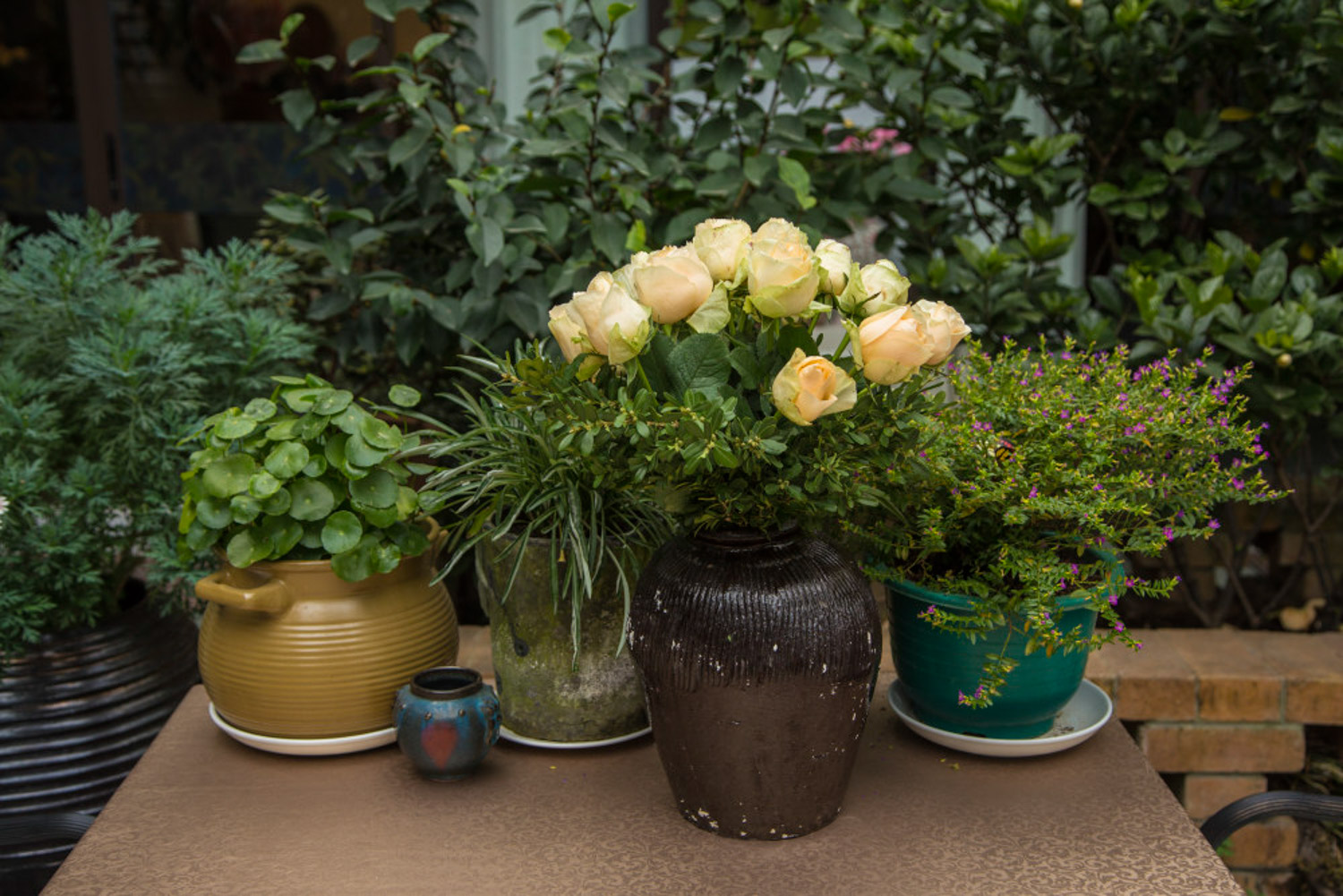
3、 Pruning and maintenance after longevity flower
1. Pruning after flowering
1. The longevity after flowering is basically cut off the flower branches and the first pair of leaves under the flowers. In this way, after a period of time, the longevity flower can grow new branches and buds and bloom again
Before trimming:

(author: lz099660 source: Changshou flower bar)
After trimming:

(author: lz099660 source: Changshou flower bar)
2. The great God prunes after the flower, basically shaving the longevity flower, leaving only 5-8cm of the trunk, and all other parts are cut off. When cutting, leave a few leaves to allow longevity for photosynthesis. Then put them in a cool place to dry. Don't touch the wound with water

(author: Teresa # source: Changshou flower bar)
3. After shaving, many small buds will sprout on the long-lived flower branches. When these buds grow to 3 pairs of leaves, they need to be trimmed to leave the strong buds and cut off the weak ones, which can make the plant type fuller
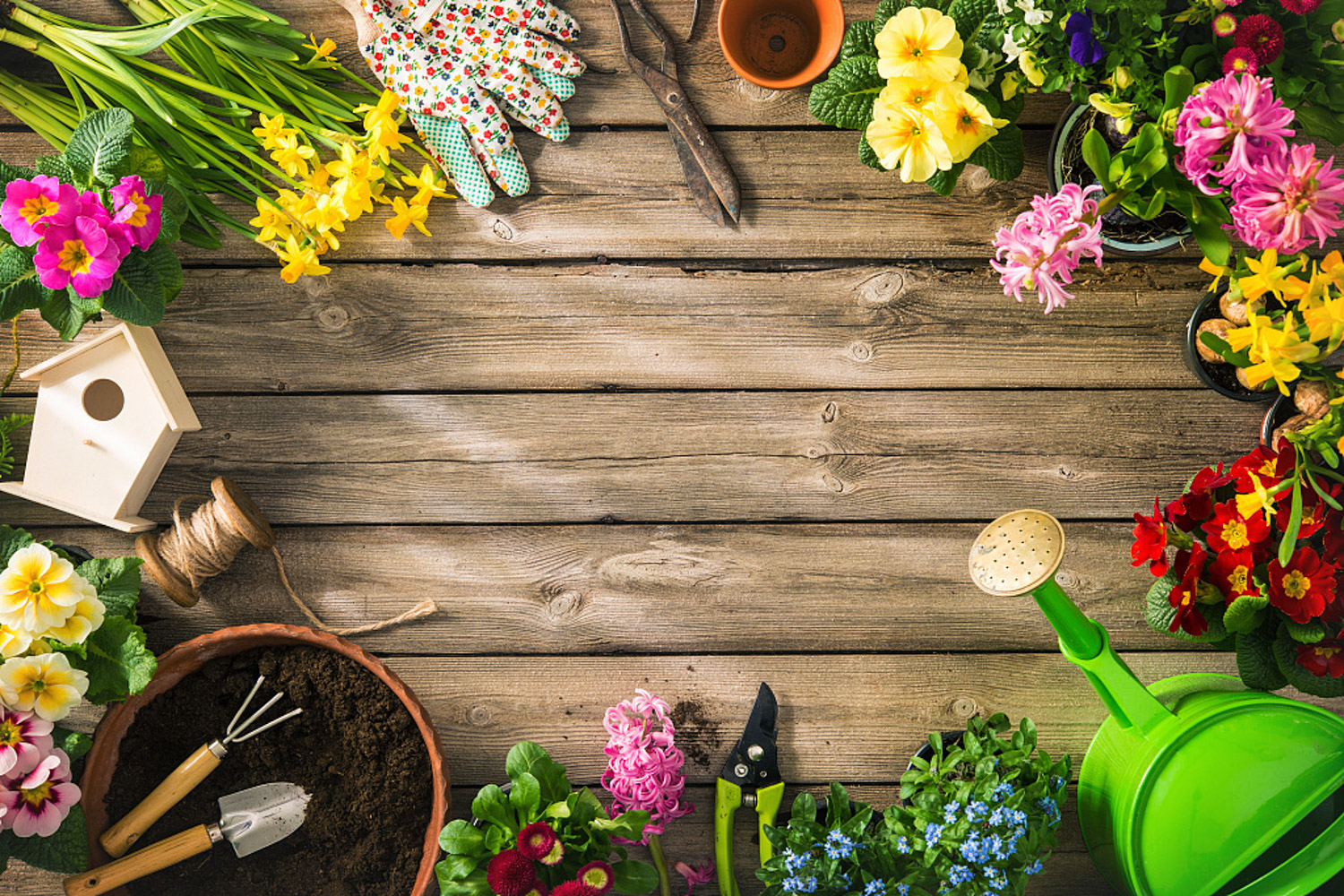
(author: drizzle slender XY source: Changshou flower bar)
2 pruned branch cutting
1. The pruned branches of Changshou flower can be inserted into bottles for viewing and can also be used for cutting, so as to obtain more Changshou flower plants

(author: Teresa # source: Changshou flower bar)
2. The cuttings shall be treated and the leaves close to the root shall be removed. Generally, cutting can survive as long as a pair of branches of leaves are retained
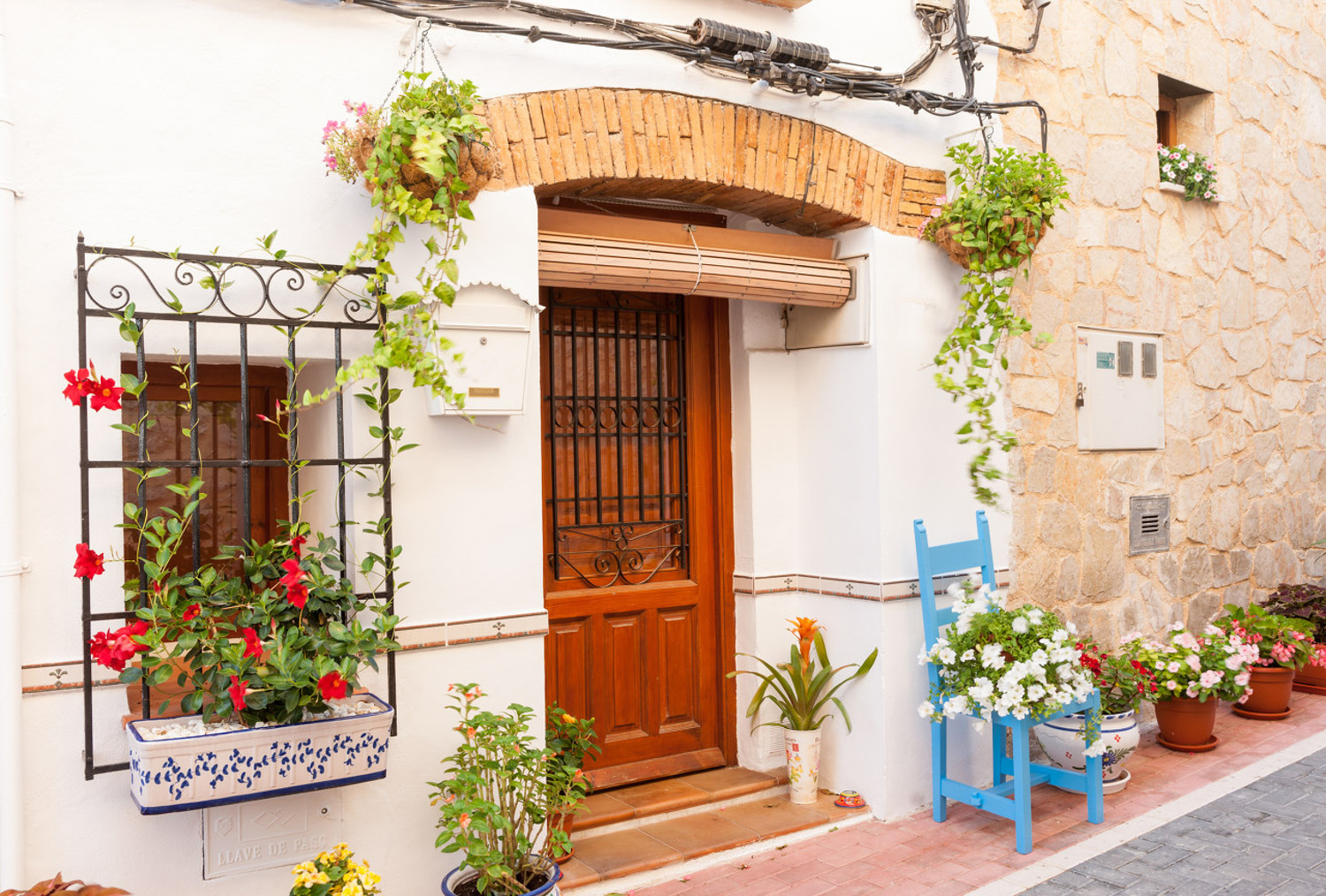
(author: Teresa # source: Changshou flower bar)
3. Cutting soil can be mixed with peat soil and granular soil in the proportion of 7:3, and then watered once
4. The long-lived flower branches disinfected with carbendazim are inserted into the soil, and then placed in a cool and ventilated scattered light place. Pay attention to keep the soil moist, and they can take root in about 2 weeks
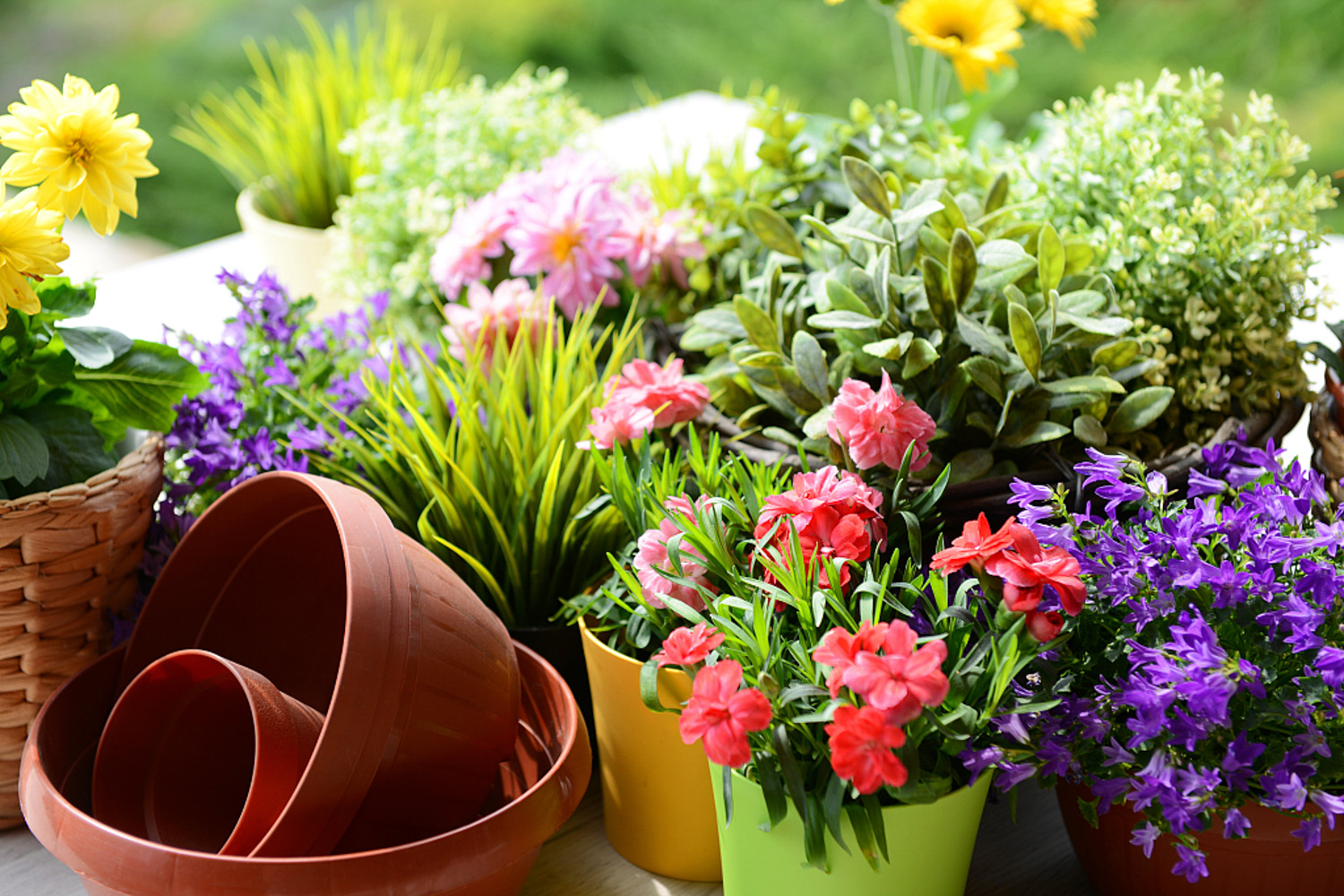
4、 Post pruning and maintenance of jasmine
1. Pruning after flowering
1. After jasmine flowers bloom, the leaves can be trimmed from 2-3 at the lower end of the residual flowers, and only 1-2 pairs of leaves can be reserved on the branches

2. The post flower pruning of Jasmine can't be too late. You can start cutting when there are new buds. If you cut it late, it will cause unnecessary consumption of nutrients
3. If you find that there are bare branches on the jasmine branches, you'd better cut them off together. Overgrown branches not only affect the beauty of jasmine, but also consume nutrients

4. Cut the remaining jasmine, dry the wound, and then put it in direct sunlight

2 pruned branch cutting
1. Don't throw away the pruned Jasmine branches. They are the most suitable for cutting! Prune the branches. Only 2 leaves need to be reserved for each cutting branch

2. Soak the cuttings in carbendazim solution for 2-4 minutes, or apply carbendazim directly to the wound, and then dry them in a cool and ventilated place
3. Perlite can be used in cutting soil. Dry the pearls in the cuttings

4. Cover the seedling box to maintain humidity. In about a month, the cuttings of Jasmine can take root. Transplant the rooted Jasmine into the soil and continue to maintain it

5、 Post pruning and cutting of Prunus deltoides
1. Pruning after flowering
1. After flowering, if the branches are short, cut off the branches where the residual flowers are located; If the branch is relatively long, you can cut off 1 / 3 or 2 / 3 of the branch where the flower is located, as shown in the red line in the figure

2. During pruning, the position of the scissors is about 0.5cm away from the bud point, and cut obliquely into sections. The lowest part of the slope is in line with the bottom of the bud point, and the upper part of the slope is about 0.5cm higher than the bud point

3. If there are two parallel branches, it is best to cut off all the thin branches

2 cutting of pruning branches
1. Select the branches of Prunus deltoides after flowering, trim them into cuttings with a length of about 10-15cm, leave about 2-3 leaves on the upper part of the branches, cut the lower part of the branches obliquely along the 45 ° angle with a knife, then soak them in 1% rooting water for 1 hour, and then dry them in a cool and ventilated place

2. Cut the flower mud required for cutting into small pieces with a width of 2cm and a height of 4cm. Because the flower clay block has good bonded permeability, it is very suitable for cutting. If there is no flower clay block, it is also possible to replace it with sponge

(author: forgotten angel)
3. Insert the dried cuttings into the flower mud block, the insertion length is about 2 / 3 of the flower mud block, and then soak the flower mud block in water
4. Put the flower mud after cutting in a tray, then cover it completely with a plastic bottle and keep it under scattered light. Once you find that the flower mud is dry, water it quickly, otherwise it will cause the leaves to wilt
5. In about a month, white roots can be seen coming out of the flower mud, which proves that the cuttings of Prunus deltoides have taken root

(author: forgotten angel)
6. Put the rooted Prunus mume together with the flower mud into the flower pot for maintenance. The flower mud doesn't need to be taken out, so as to avoid the damage to the root system of Prunus mume. After that, fertilizer can be applied every 7-10 days to promote the vigorous growth of triangular plum
6、 Post pruning and cutting of Geranium
1. Pruning after flowering
1. When the geranium is finished, the remaining flowers can be trimmed in time, which can not only avoid unnecessary nutrient consumption, but also get more Geranium seedlings. It's really killing two birds with one stone

(author: ice plum blossom plumbossom; source: Sina Weibo)
2. While pruning the remaining flowers, the branches that are too dense should also be cut short, so that the geranium can ensure good ventilation in summer, so as to spend the summer safely

(author: bramble gay; source: stepping on flowers)
2 cutting of pruning branches
1. Cut short the trimmed Geranium branches, each about 10-15cm, and keep at least one pair of leaves

2. Punch holes in the bottom of the disposable paper cup and fill the cup with sand
3. Cut the geranium into coarse sand, and after about half a month, you can see that the geranium takes root
4. After the cutting geranium is found to take root, the basin shall be removed, the geranium with coarse sand shall be cleaned in a bucket, and all the coarse sand shall be cleaned

5. Cut the cleaned Geranium seedlings into the flowerpot, and then pour water once
6. After that, keep the geranium under the sun. Pay attention to shade in the high-temperature season in summer. Water it after the basin soil turns white< span>

 how many times do yo...
how many times do yo... how many planted tre...
how many planted tre...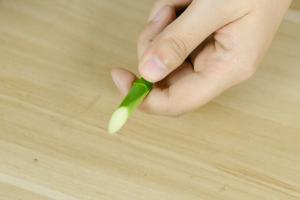 how many pine trees ...
how many pine trees ... how many pecan trees...
how many pecan trees... how many plants comp...
how many plants comp... how many plants can ...
how many plants can ... how many plants and ...
how many plants and ... how many pepper plan...
how many pepper plan...


